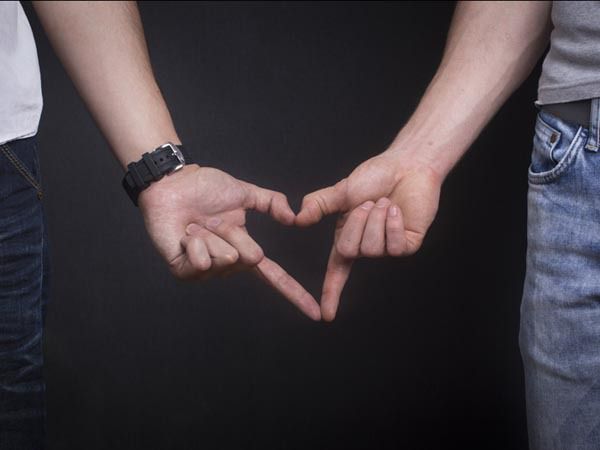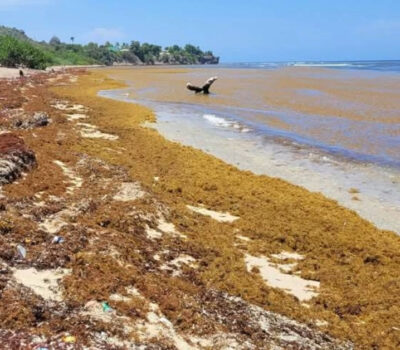The tragic mass shooting at the gay nightclub Pulse in Orlando has sparked renewed interest in the causes of homophobia.
While the exact motives of the shooter, Omar Mateen, remain unclear, a portrait has emerged of someone conflicted about his religion and sexuality – a man who was married twice but who many claimed also frequented gay bars, who became furious when he saw two men kissing but who had reportedly signed up for gay dating apps.
Of course, Mateen’s religion – Islam – traditionally forbids homosexuality. Prior to the shooting, Mateen’s father had also publicly denounced homosexuality, posting a video on Facebook in which he proclaimed that “God himself will punish those involved in homosexuality.”
Some have wondered (like in this Quora discussion) if those who are homophobic may actually be closeted themselves. Has research actually identified a relationship between repressing same-sex attractions and expressing homophobia? And what factors may influence these feelings?
Conflicting identities
Often because of social or religious pressures, some find homosexuality unacceptable. For those who believe homosexuality is wrong – but nonetheless find themselves experiencing same-sex attraction – they can become internally conflicted: They must reconcile these feelings with their strongly held beliefs.
Repressed urges can sometimes be expressed as their opposite; in other words, a person may lash out against what he finds unacceptable in himself. Freud termed this defense reaction formation, and when one has unwanted feelings of same-sex attraction, they may be expressed as homophobia.
My colleagues and I published a set of studies examining this process in the Journal of Personality and Social Psychology. We wanted to see if we could identify a relationship between repressed sexual identities and any potential consequences, like homophobia.
Across six studies in the United States and Germany, we recruited participants across the spectrum of sexual orientations. First, we asked participants to self-identify on a continuum from straight to gay, with bisexual at the center.
Next, participants completed a computer task that measured their reaction time while categorizing words and pictures as “gay” or “straight,” including the words “homosexual” and “heterosexual,” and pictures depicting same-sex and opposite-sex couples.
The words and images were presented one at a time, and participants were told to make these categorizations as quickly as possible. But immediately before each of these words or images was presented, a word – “me” or “others” – was flashed on the screen. This was done quickly enough that it could be subliminally processed, but not long enough for it to be consciously recognized.
This method uses what is known as semantic priming, and it assumes that, after being exposed to “me,” participants will categorize words more quickly that match their sexual orientation (e.g., a straight person, after being primed with “me,” will more quickly choose words or images associated with heterosexuality). If the words don’t match their sexual orientation (such as a straight person viewing homosexual cues), it will take them longer to make the categorization.
These two measures identified a group of people who labeled themselves as heterosexual, but showed quicker reaction times to the “me” and gay pairings. Individuals with these discrepant identities were more likely to describe themselves as homophobic and to endorse anti-gay policies. In addition, in scenarios describing gay individuals committing minor crimes, they were more likely to assign harsher punishments.
In other words, those people in our studies who were conflicted around their sexual identities tended to be more anti-gay themselves.
However, we also sought to understand what could cause this dynamic to develop in the first place.
Could parents play a role?
We identified parenting as a possible factor in the development of these conflicting identities. One of the major aspects of parenting we measured was something called “perceived parental autonomy support” among the participants.
When parents support their children’s need for autonomy, they give them the freedom to not only explore their beliefs, needs and emotions, but also to act on them. Parents who do the opposite will pressure their kids to feel or act in narrowly defined ways.
In several of our studies, participants reported how their parents supported them while they were growing up. Those who had a more conflicted sexual identity were more likely to recall having parents who were more controlling. These individuals were also more homophobic.
On the other hand, those participants who had supportive parents were more at ease with their sexual identity and reported being less homophobic.
Beyond homophobia
This research highlights an unfortunate reality in many people’s lives: an unsupportive and unwelcoming environment may lead to a rejection of one’s own same-sex attraction or identification. This, then, can cause people to lash out against LGBT individuals.
Of course, it’s important to highlight that this certainly does not explain the source of all homophobic behavior. Furthermore, it’s likely that most of those who are in the closet do not feel the slightest bit of homophobia. Nonetheless, there can be a host of other negative consequences; studies have shown that those who suppress their sexuality suffer greater distress and suicidality, and poorer executive functioning and physical stamina.
It’s also entirely possible this process may not apply to the recent tragedy in Orlando. Though a number of people interviewed said that Omar struggled with same-sex attraction, and his father has made his negative views on gay people known, we may never arrive at a truly clear picture of his experience.
However, it should still force us to ask what kind of environments we want to create in our homes, schools and workplaces. Do we want places that will support all people, regardless of their identities? Or do we want to pressure them into lifestyles that simply don’t fit with their sense of who they are?
Improving these environments could go a long way in reducing the suffering felt by many who still struggle to come to grips with an LGBT identity.
![]()
Cody DeHaan, Ph.D. Candidate in Psychology, University of Rochester
This article was originally published on The Conversation. Read the original article.
The tragic mass shooting at the gay nightclub Pulse in Orlando has sparked renewed interest in the causes of homophobia.
While the . . .












